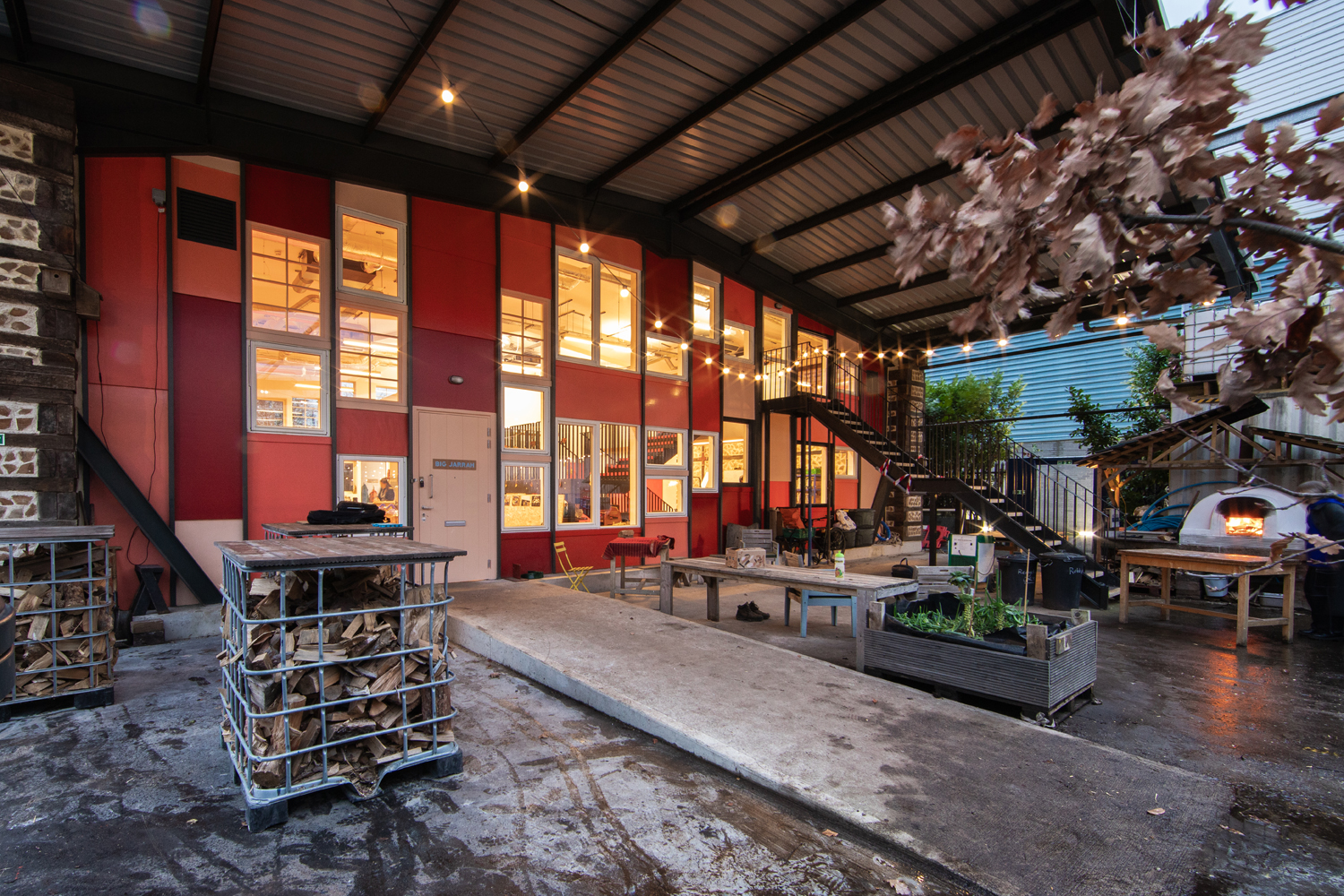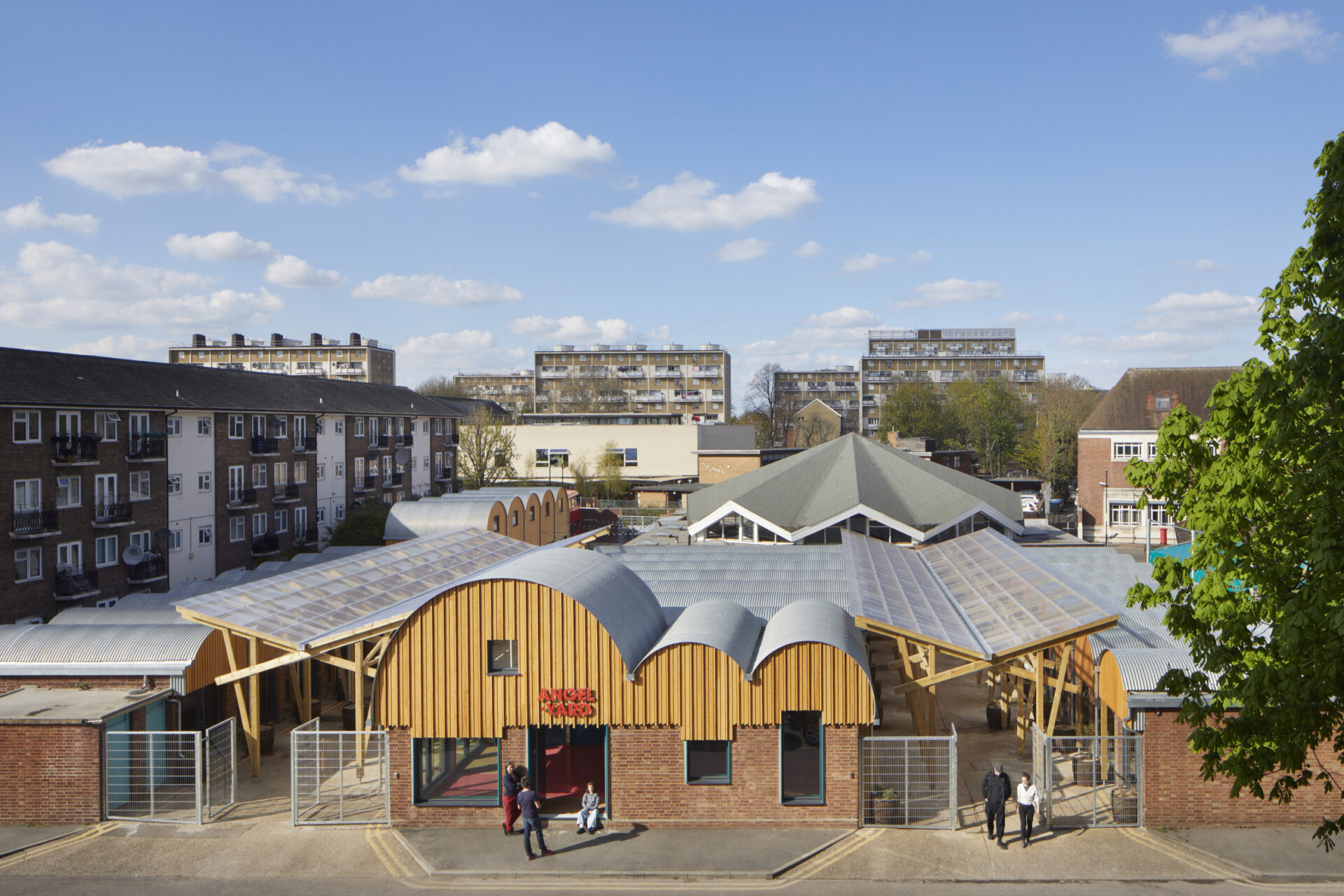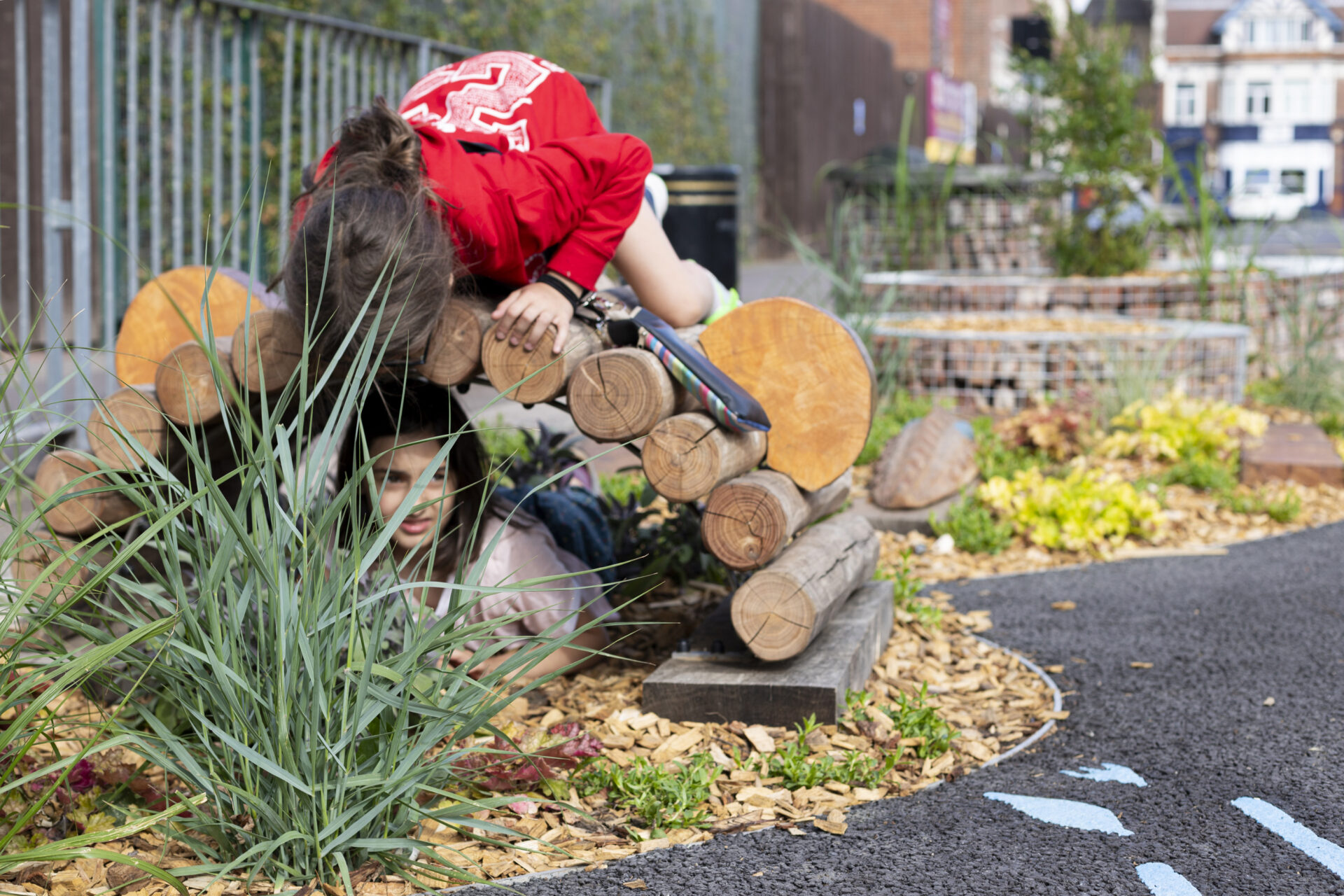What goes around...
You will all have heard people talk about it in seminars, workshops and symposia. It’s in the press and on social media. Academics are conducting research and preparing reports and papers, consultants and contractors are developing strategies and policymakers are writing guidelines and setting targets. And everyone has an opinion on it. It is, of course, the circular economy.

Yet, the circular economy has been around for a very long time and is still central to the way things are done in many communities around the world. Not all that long ago, saving empty jam jars to fill them with home-made preserves, mending children’s clothes to hand them down to a sibling and passing on unwanted furniture to a student house was the default course of action. The same was true for buildings where extension, adaptation and re-configuration were the natural remedy when societal needs changed. So how did we end up in a place where shiny and new trumps tried and tested, lovingly repaired and creatively re-invented? As designers, we certainly must accept a share of the blame. Haven’t we for many decades pursued our vision, even where this was at the expense of the environment? Striving for unblemished perfection and steadfast functionality means that we have unlearned our ability to make do with what we have. Is the circular economy in the end an opportunity to re-acquire our ability to adapt, improvise and make-do? I have taken part in many circular economy events recently and the discussion is certainly taking a new turn. Whilst the environmental prerogatives are undisputed, people are starting to speak about the social- and economic opportunities of circular practices. However, there is also a recognition that truly embracing circularity goes to the heart of procedures and processes that have become engrained over decades. The entire planning and design process is conceived to gradually eliminate uncertainty. How can it be re-invented to accommodate the flexibility needed to make best use of materials and resources that unexpectedly become available during the construction process? Material passports are widely tipped to provide the answer to many of our challenges. Using circular principles in many of our projects for the last ten years however has led us to recognize that the circular economy is not merely a fix or remedy that is applied to business as usual. Instead, designing with circular principles, requires a specific attitude and a particular mindset.
This year, we finally completed one of the most ambitious circular building projects attempted in London in recent years, the Paper Garden. The Paper Garden is educational charity Global Generation’s new base in Canada Water. The project includes a garden and an educational community building built from 60% reclaimed and re-used materials. The building’s walls are made from cordwood, an age-old construction method using short timber logs – in our case sourced from thinnings donated by Epping Forest’s forestry team. The corner quoins are made from reclaimed oak railway sleepers donated by Network Rail. The floors are made from 200 doors reclaimed from a bank building in the City of London. Plywood was sourced from upcycled construction hoarding and the windows are reject stock given by Scandinavian window manufacturer, Nordan. Here is a link to Jason Sayer’s Architecture Today article about the building. The project has required us to re-design the entire construction process to facilitate experimentation, adjustment and participation within the confines of a modest construction budget. Using prototypes and mock-ups we reinvented vernacular construction techniques to respond to contemporary challenges. Working in this way our partners Global Generation rallied more than 3000 volunteers to help with the built, each one of them taking the message about sustainable building back to their communities. The construction process itself has become an integral part of the charity’s engagement program. With an uncompromising focus on re-use, the project sets a precedent for sustainable construction whilst unleashing the potential of the construction process itself to contribute to greater community coherence in an area of London that is changing. The Paper Garden is the result of many years of experimentation which has allowed us to gradually hone our skills in embracing uncertainty and designing responsively to account for materials and construction skills at our disposal at the time.


Smaller scale predecessors to the Paper Garden include the Skip Garden, a life-built project which Dr Julia King and I undertook with our cohort of Bartlett students in 2015 using nearly 100% found and upcycled materials. Then in 2019 we delivered the Story Garden which includes surplus materials from the King’s Cross development site and de-mountable structures that can be re-located at the end of their tenure on site. Where we can, we use generic systems or materials such as scaffolding which have a purpose after the disassembly of the building. We employed this strategy with our temporary high street activation project in Sayer Street in 2020. At Angel Yard, we converted two existing garage yards into terraced workspaces, retaining 60% of the existing building fabric. Whilst environmentalists and construction professionals are excited by the embodied carbon reduction that we can achieve through re-use, there is another factor which is less often talked about. Existing materials and structures are saturated by the histories of their former existence. Histories, that are often treasured by communities, that represent stability in places that are changing and that give meaning to new neighbourhoods. Investing our creativity as architects in curating, safeguarding and re-telling these stories connects people with a place whilst nurturing a philosophy that embodies the single greatest potential to reduce the environmental impact of our industry.